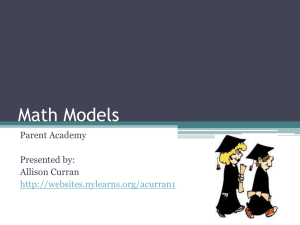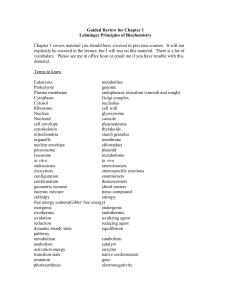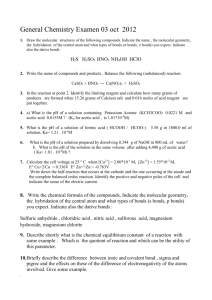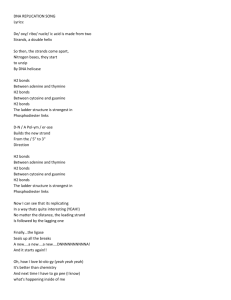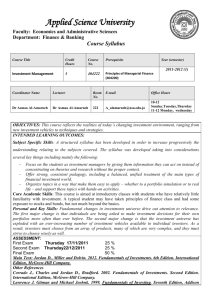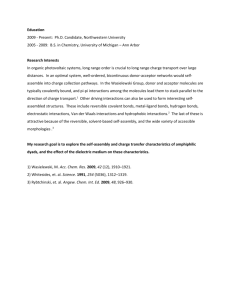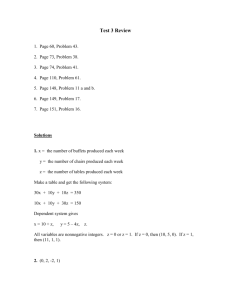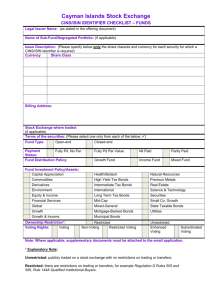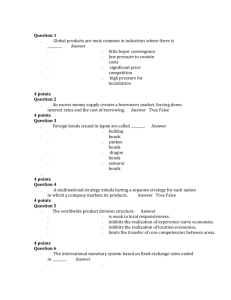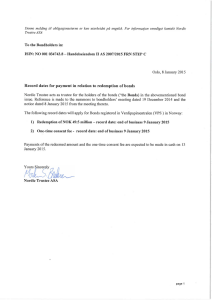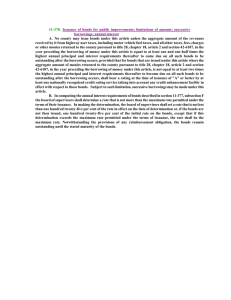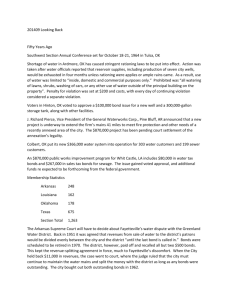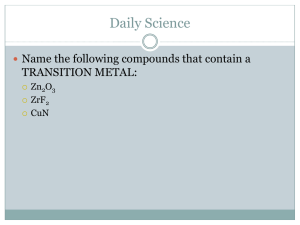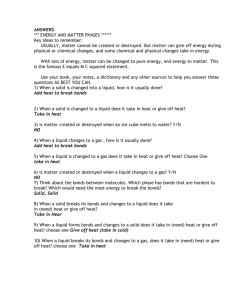Number Bonds Powerpoint
advertisement
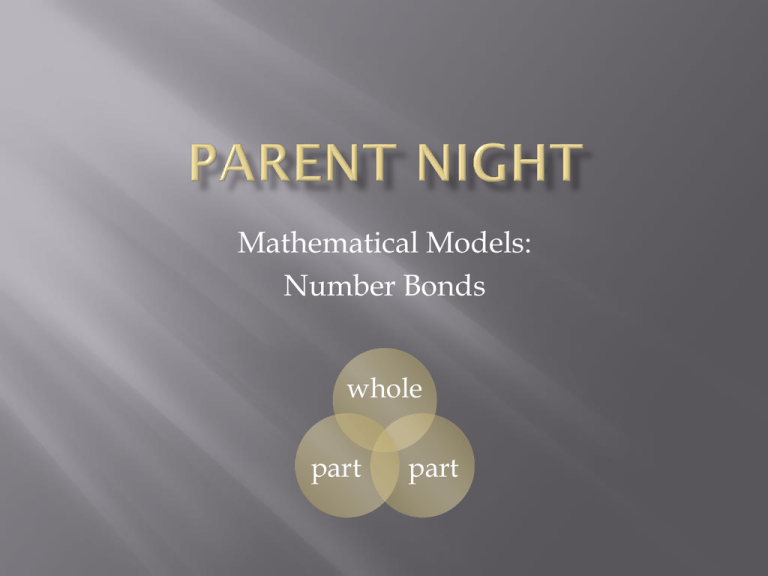
Mathematical Models: Number Bonds whole part part WCSD has had an elementary math and ELA coach for this past year. We focused on bringing back strategies and models for teachers from NTI. Now that teachers are becoming more comfortable, we need to be proactive and show parents how to help their child and what we are doing in the classroom. September – Number Bonds (K-5) October – Number Disks & Place Value Chart (1-5) November – Array and Area Models (3-5) December – Number Lines (K-5) January – Ten-Frame & Rekenrek (K-1) February – Tape Diagrams (K-1, 2-4, 5) March – Tape Diagrams (K-1, 2-4, 5) April – Problem - solving with models May – Summer Math Mathematical models are a set of concrete and pictorial models that students use repeatedly across grade levels. Over time, students become familiar with these models and use them in more complex ways to solve problems. Mathematical models become part of their tool box, which will help them have a quicker understanding of concepts as they are introduced. Number bonds are a pictorial representation of part-part-whole relationships. Smaller numbers (the parts) make up larger numbers (the whole) part + part = whole whole – part = part concrete objects abstract pictorial representations Orientation of the number bonds does not change its meaning. Number bonds of 10 are the most important in the lower grade levels. What do they look like? Adding numbers Decomposing numbers What do they look like? Fractions Time Conversion of units Adding/subtracting larger numbers Make and Take activities Apps Show your child multiple ways to solve problems Plate activity Hanger and clothespins Puzzles Bracelets Ziploc bag with objects You tube video How to Implement a Story of Units Apps: Number Bonds Flash (android) Online games: http://www.mathplayground.com/PartPartW hole.html Number Bond Parent Pamphlet




